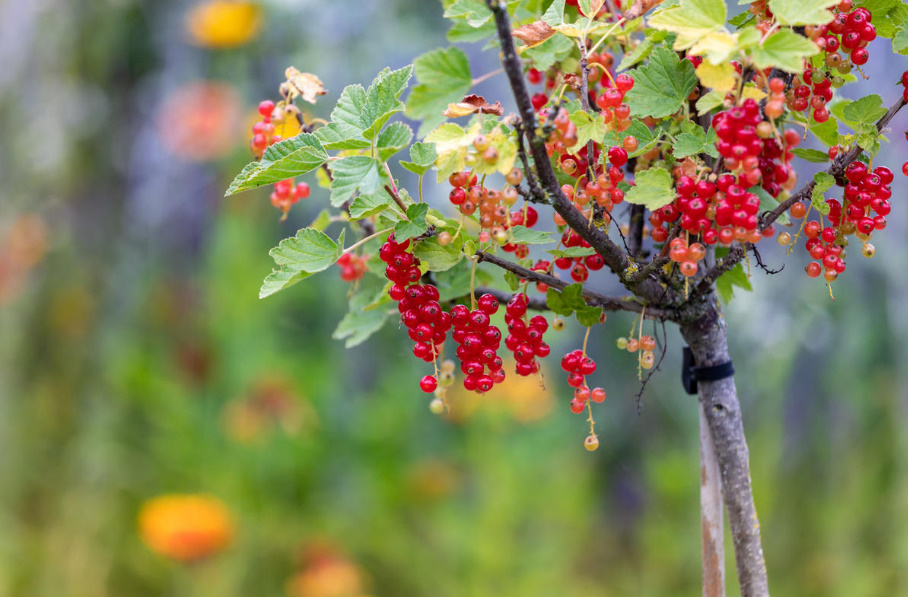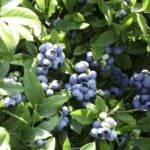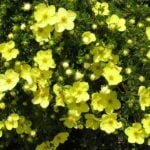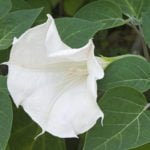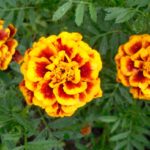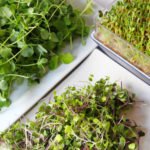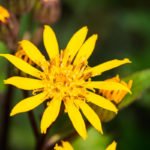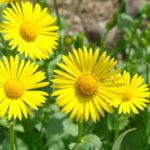Currants can be formed not only by a bush, but also by a “tree” — in a stamp form. Probably all gardeners have heard about this, and like everything unusual, this option arouses the interest of indefatigable summer residents-experimenters. I admit, this idea also did not give me peace for a very long time — the currant on the stem is very decorative. Therefore, I decided to find out the details of the cultivation and formation of such plants.
What kind of currant can be formed on the stem?
Any — and red, and black, and white. But when planning an experiment, you need to understand: the stem black currant is a very short—lived plant. Why is that? Let’s remember the peculiarities of culture.
Branches of black currant give the maximum yield at the age of 3-4 years. From the fifth year, fruiting is reduced, the quality of berries is noticeably deteriorating, the leaves are getting smaller. Old shoots are often affected by pests and look generally quite unpresentable. In red and white currants, the life expectancy of shoots and the period of their productivity are much longer. In some varieties, even 8-10-year-old branches give a very decent harvest.
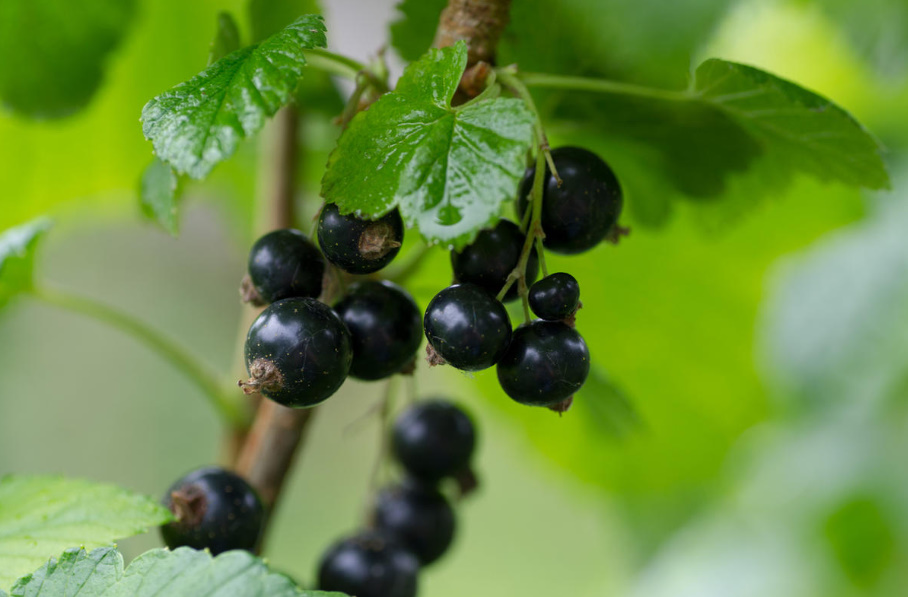
In the traditional formation (bush) we regularly cut out the shoots that have fructified, which are replaced by new, young ones, and the plant can consistently bear fruit for 30 years or more (this is the life expectancy of the currant root system). And by growing a stamp form, we actually leave a single branch, therefore, such a plant will live exactly as long as it is released by nature to this very branch.
How can you turn an ordinary currant into a stamp?
In different ways, but in any case we are talking about young seedlings — the adult bush no longer forms a stem. The stem forms of black currant are usually grown on their own roots; the stem red currant can be both root-related and grafted (Ribes aureum or Josta is used as a rootstock, which, in fact, becomes a stem).
How to grow black currant on a stem
When planting a future stem plant, it is important to give the seedling a strictly vertical position (with an inclined planting, the formation of additional root shoots is stimulated, which we do not need in this case).
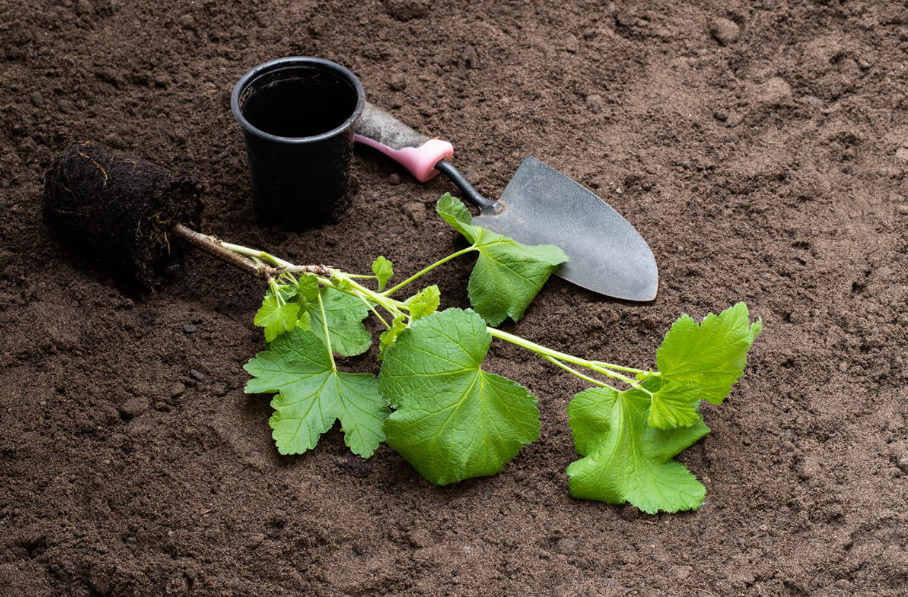
Plants are planted at the age of 1 year, removing all the buds from the roots to a height of about 40 cm (you need to leave only a few buds at the top, from which the crown will subsequently form). Sometimes gardeners close the stem with a light-tight material (for example, they put a thick rubber hose on the seedling) to exclude the development of unnecessary side shoots.
When planting, be sure to install strong supports for the stem, otherwise it may subsequently break off under the weight of berries. Otherwise, the care of the stem plant is the same as for the usual one.
How to grow red currants on a stem
In a red currant seedling, the lateral shoots on the stem can not be removed until the “trunk” reaches the required thickness, after which all branches along the height of the stem are cut into a ring. The crown is formed by removing excess shoots and shortening (pruning or pinching) the remaining ones. It is mandatory to fix the stem on a solid support.
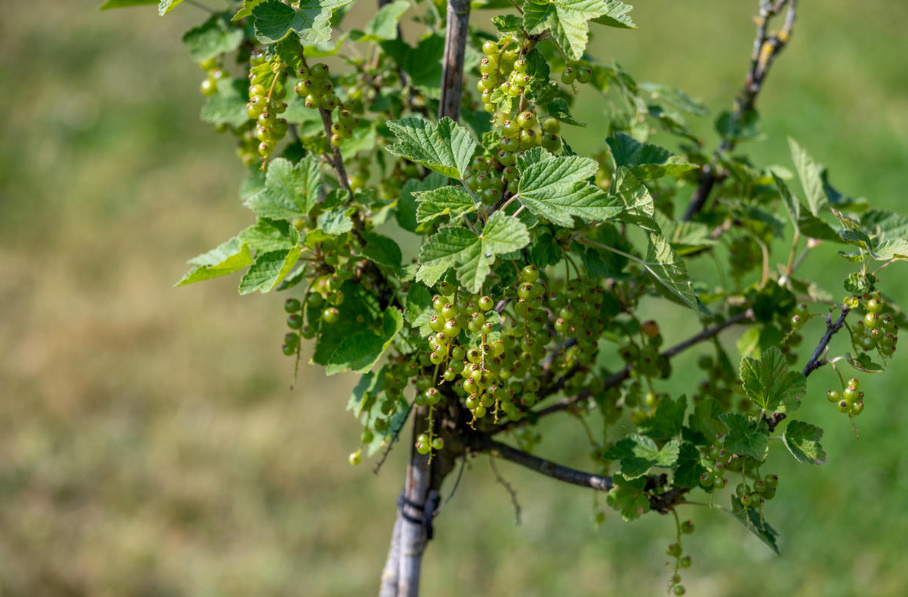
In order to prolong the life of the stem red currant, it is grafted onto a more durable Ribes aureum by a simple or improved copulation method. If you do not want to waste your energy later on the systematic removal of the growth that Ribes aureum actively forms, Josta, devoid of this disadvantage, is chosen as a rootstock.
In general, as we can see, it is not particularly difficult to grow a stem currant, but the fragility of the result is upsetting. And the yield of such a “tree”, anyway, will be lower than that of an ordinary bush. Therefore, from my point of view, the sheepskin is not worth it. And what do you think?
